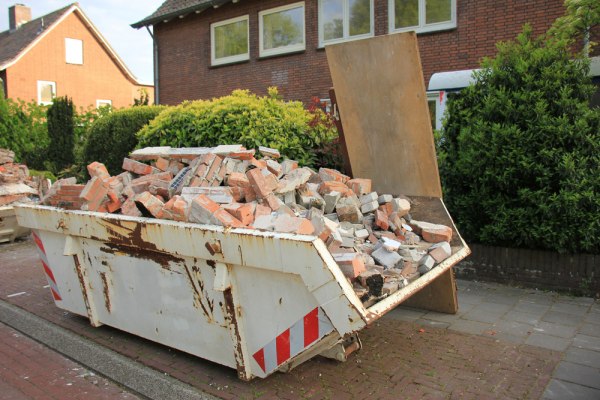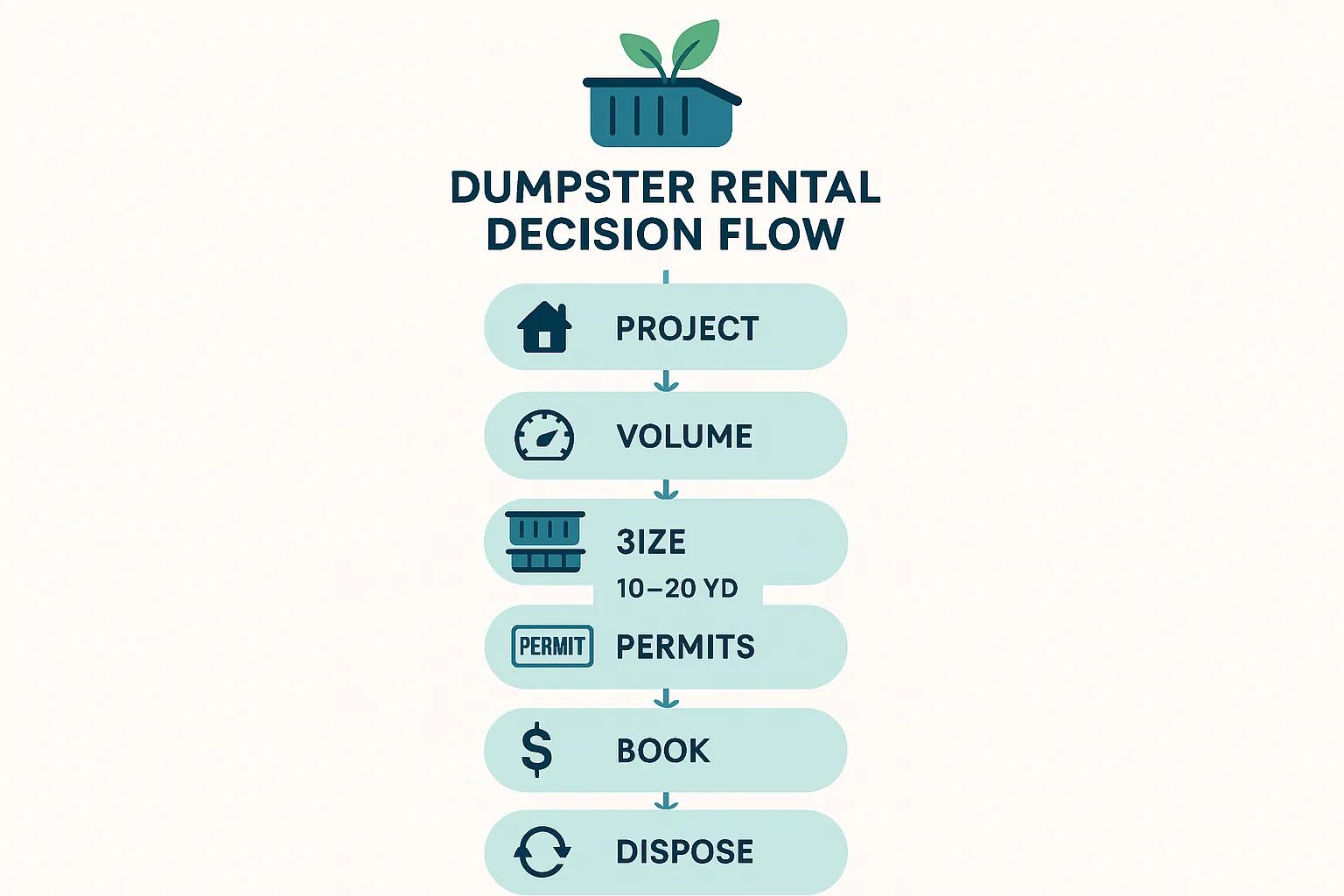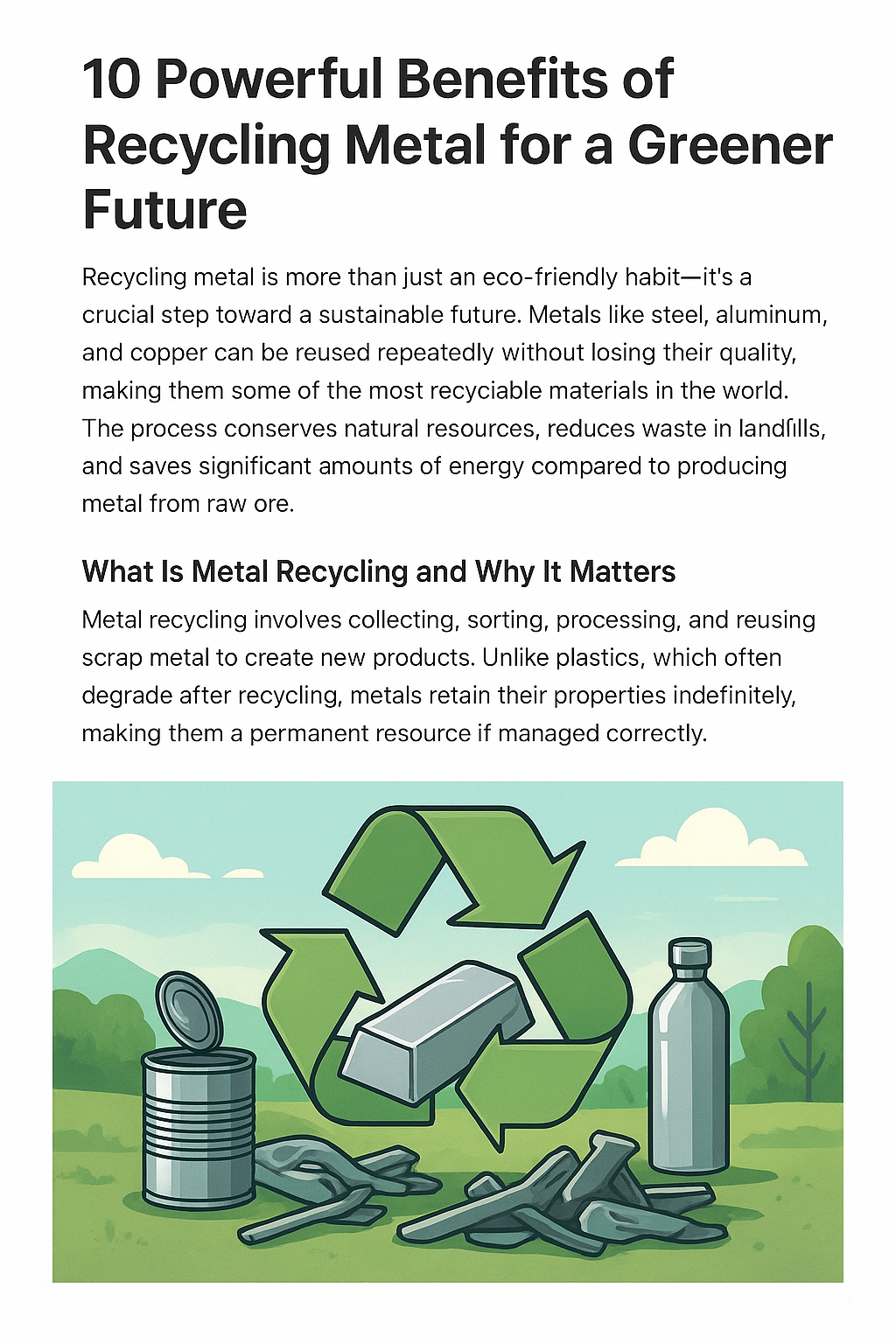
****
Introduction
The construction industry is a major driver of economic growth and urban development, shaping the skylines and infrastructures of cities around the world. However, this progress comes at a significant environmental cost. Construction waste, which encompasses everything from concrete and metals to wood, drywall, and packaging, has emerged as one of the most pressing challenges for sustainable development in the 21st century. As urbanization accelerates and the demand for new buildings and infrastructure soars, the volume of construction debris generated each year continues to rise. This article explores efficient solutions for managing construction waste, with a particular focus on the role of construction dumpsters, innovative removal strategies, and the broader movement toward sustainability in the industry.
The Scope of Construction Waste
Construction waste, sometimes referred to as construction and demolition (C&D) waste, includes a diverse range of materials generated during the construction, renovation, and demolition of buildings, roads, and other structures. Common components include concrete, bricks, tiles, wood, metals, glass, plastics, and hazardous substances such as asbestos or lead-based paint. According to estimates from the Environmental Protection Agency (EPA), the United States alone generated over 600 million tons of C&D debris in a single year—more than twice the amount of municipal solid waste. Globally, construction waste accounts for nearly one-third of all waste produced.
The environmental impact of unmanaged construction waste is profound. Disposed of improperly, these materials can leach pollutants into soil and groundwater, contribute to air pollution, and strain already overburdened landfill sites. Furthermore, the extraction, processing, and transportation of raw construction materials consume vast quantities of energy and natural resources, exacerbating climate change and biodiversity loss. For these reasons, the industry is under increasing pressure from regulators, environmental advocates, and the public to adopt more responsible waste management practices.
The Central Role of Construction Dumpsters
At the heart of effective construction waste management are construction dumpsters—large, robust containers designed to collect, store, and transport debris from job sites. Dumpsters come in a variety of sizes, from compact 10-yard bins for small home renovations to massive 40-yard containers for commercial or industrial projects. The selection of an appropriately sized dumpster is crucial, as it helps contractors keep job sites organized, promotes safety by reducing trip hazards, and streamlines the process of sorting and removing waste.
Beyond simple convenience, dumpsters play a strategic role in modern waste removal programs. Segregating materials at the source—by using different dumpsters for wood, metal, concrete, and mixed debris—facilitates recycling and reduces contamination. This practice is often encouraged or required by local building codes and green building certification programs such as LEED (Leadership in Energy and Environmental Design). It also enables waste removal companies to more efficiently transport materials to recycling facilities and reduces the amount of waste sent to landfills.
Innovative Waste Removal Strategies
The 21st century has seen a shift from waste disposal to waste diversion, with an emphasis on recycling, repurposing, and reduction. Many construction companies now work closely with specialized waste removal partners who offer tailored solutions for separating and processing various types of debris. Concrete and asphalt, for example, can be crushed and reused as aggregate in new construction projects. Scrap metals are collected and sent to foundries for recycling, while untreated lumber can be repurposed for landscaping or energy production.
Another key strategy involves the use of on-site sorting stations and mobile recycling units. These systems allow contractors to process materials directly at the job site, reducing transportation costs and emissions. Some companies even employ deconstruction techniques—systematically dismantling buildings to salvage valuable materials for reuse, rather than demolishing them and sending everything to the landfill. This approach not only conserves resources but also creates jobs and supports the development of local markets for reclaimed building components.
Technological Advancements in Waste Management
Technology is playing an increasingly important role in enhancing the efficiency and sustainability of construction waste management. Smart waste tracking systems use sensors and digital platforms to monitor the types and quantities of waste produced on-site, providing project managers with real-time data for reporting and compliance. GPS-enabled dumpsters can optimize collection routes, reducing fuel consumption and greenhouse gas emissions. Some platforms integrate with building information modeling (BIM) software, allowing for better forecasting of material needs and waste generation at the design stage.
Data-driven decision-making is also enabling companies to set and achieve ambitious waste reduction targets. By analyzing waste composition and diversion rates, firms can identify opportunities for improvement, track progress over time, and share results with clients and regulatory agencies. This transparency builds trust and strengthens the business case for investing in sustainable waste management solutions.
The Human Factor: Education and Training
While technology and specialized equipment are important, the success of any waste management program ultimately depends on the people involved. Construction workers, site managers, and subcontractors must be educated about proper waste segregation, recycling procedures, and the benefits of sustainability. Leading construction firms partner with waste removal companies and environmental consultants to provide on-site training, clear signage, and incentives that encourage environmentally responsible behavior.
Some companies have established “green teams” or sustainability champions tasked with monitoring waste practices and promoting continuous improvement. These initiatives help foster a culture of accountability and pride in environmental stewardship, which can lead to higher employee morale and lower turnover rates. Community engagement programs, such as job site tours for students or partnerships with local non-profits, further reinforce the importance of sustainable construction practices.
Regulatory Drivers and Industry Standards
Government regulations and industry standards play a critical role in shaping construction waste management practices. In many jurisdictions, contractors are required to develop waste management plans, document diversion rates, and meet minimum recycling thresholds. Failure to comply can result in fines, project delays, or loss of accreditation. At the same time, voluntary certification programs—such as LEED, BREEAM, and Green Globes—offer incentives for projects that prioritize sustainability, including credits for waste reduction, recycling, and responsible sourcing of materials.
These frameworks have helped drive innovation across the industry, encouraging the adoption of advanced waste removal technologies, the use of recycled content in new construction, and the integration of lifecycle thinking into project planning. As climate change and resource scarcity become more urgent concerns, it is likely that regulatory requirements will become even more stringent, making proactive waste management a competitive advantage for forward-thinking construction firms.
Challenges and Opportunities Ahead
Despite significant progress, the construction industry still faces several challenges in achieving truly sustainable waste management. Complex supply chains, tight project timelines, and fluctuating markets for recycled materials can make it difficult to implement best practices consistently. Contamination of recyclable streams, lack of standardized labeling, and limited access to recycling facilities in some regions are persistent obstacles.
However, these challenges also present opportunities for innovation and collaboration. The growth of the circular economy—an economic model that seeks to keep materials in use as long as possible through reuse, repair, and recycling—is opening up new business models and revenue streams for construction firms. Companies that invest in material recovery, modular construction, and design for deconstruction are not only reducing waste but also positioning themselves as leaders in the transition to a more sustainable built environment.
Case Studies: Success Stories in Sustainable Construction Waste Management
Several high-profile construction projects around the world have demonstrated the feasibility and benefits of advanced waste management strategies. For example, the demolition and reconstruction of San Francisco’s Transbay Transit Center achieved a diversion rate of over 90%, with thousands of tons of concrete, steel, and glass recycled or reused. In the United Kingdom, the Olympic Park development for the 2012 London Games set new standards for waste minimization, with strict targets for recycling and innovative approaches to material sourcing.
Private sector initiatives are also making a difference. Major construction companies are publishing annual sustainability reports that detail their waste reduction achievements, while startups are developing new technologies for sorting and processing complex waste streams. Collaboration between contractors, clients, and local governments has led to the creation of regional recycling hubs and networks for sharing best practices.
The Way Forward: Embracing a Circular Economy
Looking to the future, the construction industry is poised to play a leading role in the global shift toward a circular economy. By rethinking traditional approaches to design, procurement, and waste management, construction professionals can create buildings and infrastructure that are not only functional and beautiful but also resource-efficient and environmentally responsible. This transformation will require ongoing investment in innovation, workforce development, and stakeholder engagement.
Construction dumpsters and advanced waste removal services will continue to be essential tools in this journey, enabling contractors to manage debris safely and efficiently while maximizing opportunities for recycling and reuse. The integration of digital technologies, strong regulatory frameworks, and a culture of sustainability will help ensure that progress toward zero waste is both measurable and meaningful.
Conclusion
The effective management of construction waste is a defining challenge for the 21st century—a challenge that demands creativity, collaboration, and a steadfast commitment to sustainability. Through the strategic use of construction dumpsters, cutting-edge removal strategies, and a holistic embrace of circular economy principles, the industry can minimize its environmental impact, enhance operational efficiency, and contribute to a more sustainable future for all. As we continue to build the cities of tomorrow, let us do so with an unwavering focus on protecting the planet and preserving resources for generations to come.



